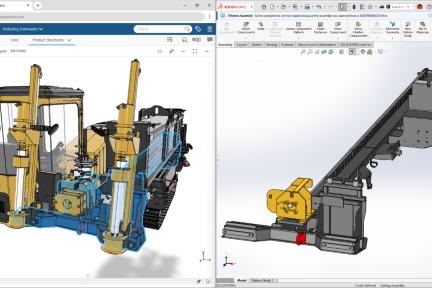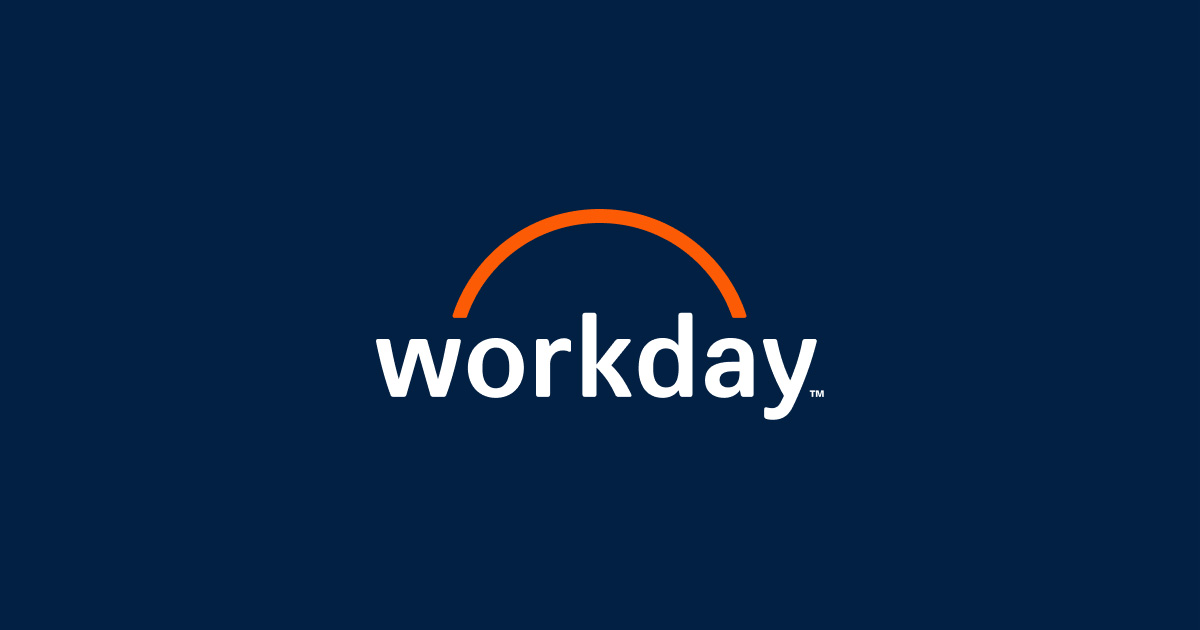New Workday GO Global Payroll, Partner Network, and Deployment Agent to Help Companies Cut Costs, Reduce Complexity, and Scale Faster
BARCELONA, Spain, Nov. 19, 2025 /PRNewswire/ — Workday Rising EMEA – Workday, Inc. (NASDAQ: WDAY), the enterprise AI platform for managing people, money, and agents, today announced the expansion of Workday GO, the all-in-one solution that brings the full power of the Workday platform to midsize organizations around the world. With Workday GO, companies get a single, simplified way to manage their HR and finance operations—combining Workday’s industry-leading solutions with fast deployment, ease of use, and built-in scalability. Now it will be easier than ever to get started with Workday, to hire and pay workers wherever needed, and take advantage of Workday AI, all through a unified purpose-built solution.
Midsize Organizations Power 70% of Jobs, but Struggle With Outdated Systems
Midsize businesses are critical to the global economy—making up nearly 90% of companies worldwide, driving as much as 70% of employment, and contributing up to 70% of global GDP. Despite their outsized impact, these organizations often struggle to access the modern technology and resources they need to compete and grow. Outdated systems, fragmented payroll processes, and limited digital tools hold them back from operating with the speed and efficiency of larger enterprises.
Workday GO is designed to close that gap—giving midsize businesses industry-leading HR, payroll, and AI in one simple, easy-to-deploy solution.
“Midsize organizations are often forced to choose between powerful technology and practical simplicity,” said Max Wessel, senior vice president of growth, Workday. “Workday GO changes that equation. We’ve combined the power of enterprise-grade HR, payroll, and AI with one predictable price, one trusted partner ecosystem, and one of the simplest deployment experiences in the market—so every growing business can scale confidently.”
“With Workday GO, we went from kick-off to go-live in just 42 working days—a clear sign of strong teamwork and focus to deliver in time, scope, and budget,” said Denise Trentin, manager global HR projects, Master Builders Solutions. “Efficient HR processes are essential to supporting our people worldwide and driving our growth, and Workday is a key partner in helping us achieve that efficiency.”
A Reimagined Global Payroll Experience With Workday GO Global Payroll
Payroll is one of the most complex challenges for growing midsize companies—especially as they expand into new countries and navigate different compliance rules. This is why Workday is announcing Workday GO Global Payroll—an end-to-end payroll solution designed to eliminate complexity. Workday GO Global Payroll enables one seamless, consistent way to pay workers worldwide, fully integrated into the Workday experience. Through an expanded partnership with Remote, Workday is enabling Workday GO customers to simplify the act of operating anywhere.
“Workday GO Global Payroll removes one of the biggest barriers to global growth: disconnected systems for hiring and paying international teams,” said Job van der Voort, CEO and co-founder, Remote. “By combining Remote’s global infrastructure and expertise with Workday’s powerful platform, we’re giving midsize companies a seamless way to hire and pay talent anywhere. Together, we’re helping these organizations expand with confidence, without the operational complexity that has traditionally slowed them down.”
Introducing the Workday GO Partner Network to Enable Growth Without Complexity
To further simplify global payroll and deployment, Workday also announced the new Workday GO Partner Network—a unified ecosystem of global Workday payroll, benefits, and deployment partners. By bringing everything together in one seamless experience, one trusted relationship, and one centralized contract, Workday GO makes it even easier for customers to scale without complexity. Launch partners—including Benefit Harbor, BNB, HR Path, Kainos, OneSource Virtual, Remote, TopBloc, and Three Link Solutions—help customers scale globally with confidence.
New Workday Deployment Agent Drives Faster, Easier, More Affordable Deployment
Workday is introducing a new Deployment Agent for Workday GO to help customers get up and running quickly. This AI-powered assistant—already used by Workday consultants and deployment partners—will now be directly available to Workday GO customers. Deployment Agent guides teams step by step, streamlining setup, and cutting unnecessary complexity. Deployment Agent is helping lower implementation time by up to 25%, enabling customers to go live faster and realize value sooner.
Embedded Workday Agents Help Midsize Organizations Do More With Less
Workday GO makes enterprise-grade AI accessible to midsize organizations. With embedded Workday Illuminate agents available from day one—including Payroll Agent, Workday Self-Service Agent, and Business Process Optimize Agent—customers can reduce manual work, improve process efficiency, and help teams focus on driving their business forward.
Availability
The next release of Workday GO—including the Deployment Agent, Workday GO Global Payroll, and the ability to integrate Workday GO Partner Network solutions—will be available in February 2026 in the U.S., Canada, U.K., Ireland, Germany, and France, with additional markets to follow.
For More Information
- Learn more about Workday GO.
- Read about how Workday GO is helping global companies scale.
About Workday
Workday is the enterprise AI platform for managing people, money, and agents. Workday unifies HR and Finance on one intelligent platform with AI at the core to empower people at every level with the clarity, confidence, and insights they need to adapt quickly, make better decisions, and deliver outcomes that matter. Workday is used by more than 11,000 organizations around the world and across industries—from medium-sized businesses to more than 65% of the Fortune 500. For more information about Workday, visit workday.com.
Forward-Looking Statements
This press release contains forward-looking statements including, among other things, statements regarding Workday’s plans, beliefs, and expectations. These forward-looking statements are based only on currently available information and our current beliefs, expectations, and assumptions. Because forward-looking statements relate to the future, they are subject to inherent risks, uncertainties, assumptions, and changes in circumstances that are difficult to predict and many of which are outside of our control. If the risks materialize, assumptions prove incorrect, or we experience unexpected changes in circumstances, actual results could differ materially from the results implied by these forward-looking statements, and therefore you should not rely on any forward-looking statements. Risks include, but are not limited to, risks described in our filings with the Securities and Exchange Commission (“SEC”), including our most recent report on Form 10-Q or Form 10-K and other reports that we have filed and will file with the SEC from time to time, which could cause actual results to vary from expectations. Workday assumes no obligation to, and does not currently intend to, update any such forward-looking statements after the date of this release, except as required by law.
Any unreleased services, features, or functions referenced in this document, our website, or other press releases or public statements that are not currently available are subject to change at Workday’s discretion and may not be delivered as planned or at all. Customers who purchase Workday services should make their purchase decisions based upon services, features, and functions that are currently available.
© 2025 Workday, Inc. All rights reserved. Workday and the Workday logo are registered trademarks of Workday, Inc. All other brand and product names are trademarks or registered trademarks of their respective holders.
SOURCE Workday Inc.
For further information: For further information: Investor Relations: ir@workday.com; Media Inquiries: media@workday.com






